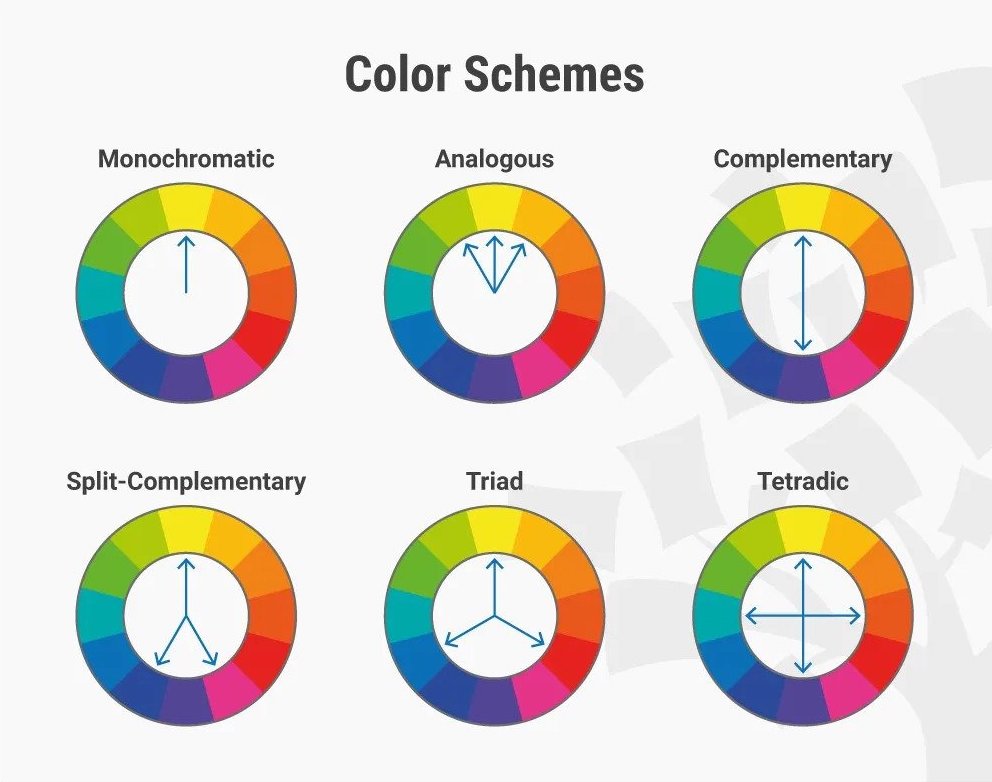
What is the 603010 Rule for Interior Design?
1. Create a natural look with earthy tones. Pick three earthy, botanical tones that mimic colors seen in nature and apply to the 60-30-10 rule and the result will be a calming, peaceful space, as seen here by stylist Lisa Dawson. Here, a chocolate brown, light olive green and creamy white were combined.
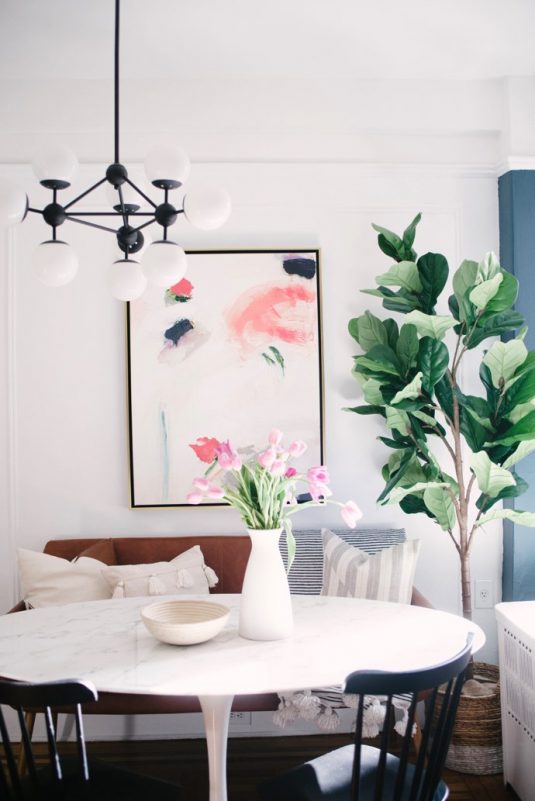
How To Implement The 603010 Rule In Interior Design
The 60-30-10 rule has been meticulously applied here to create a luxurious neutral living room scheme: 60% is cream on the walls, ceiling, brick fireplace, and central rug. 30% is mid-tone gray with the three sofas. 10% is black via patterned scatter cushions, black vases, sculptures, and picture frames. 8 Products.
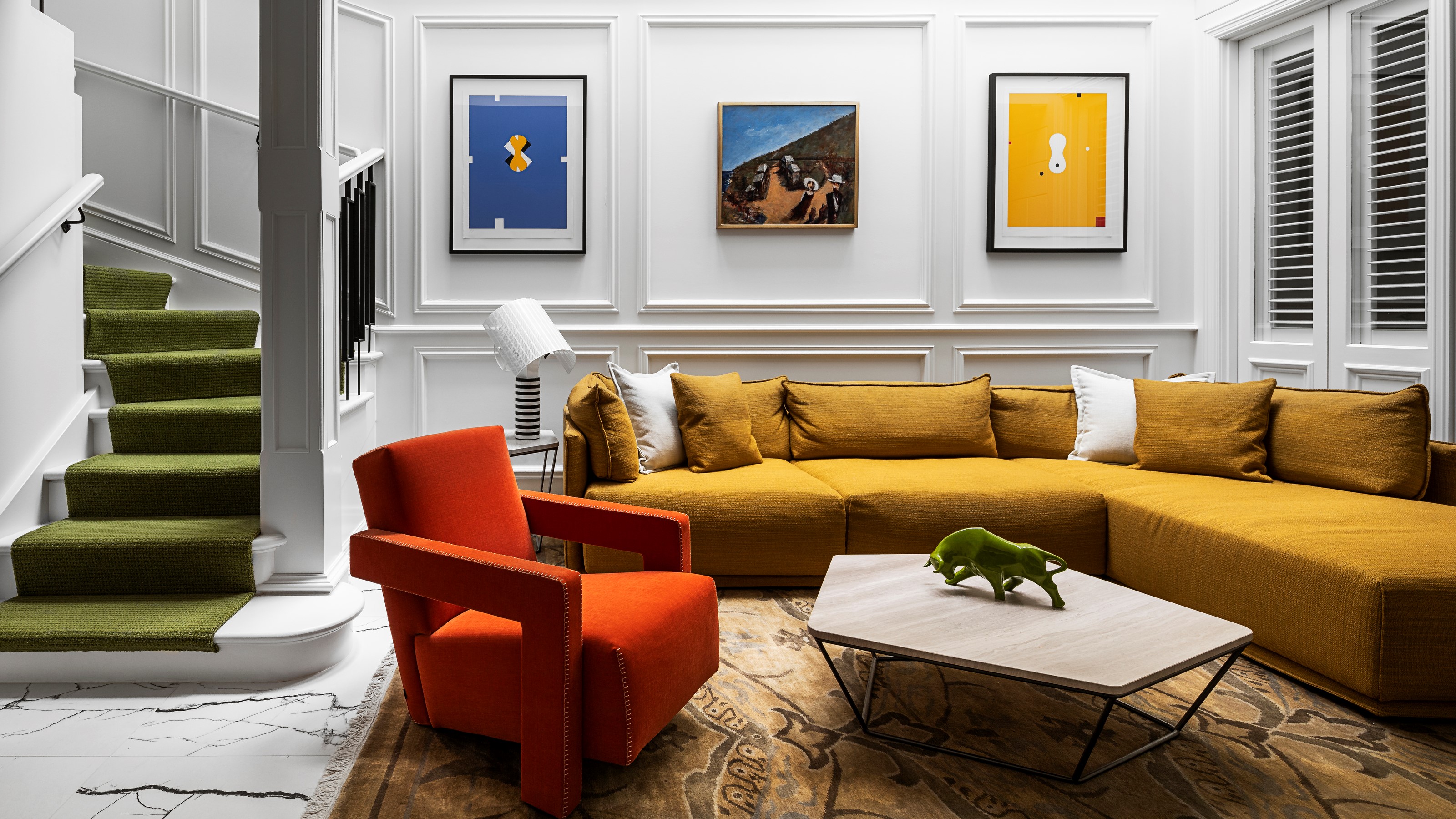
The 603010 rule how to use it in different ways Livingetc
The 60-30-10 rule can be very helpful if you're nervous about making bolder color choices or worried that a dramatic wall color may swallow a room. In this case, Hayley has created a bright and colorful kitchen that isn't sensory overload. The breakdown: 60% is Benjamin Moore Southfield Green. 30% is bright white.

Using The 603010 Rule to Color Your Space Effectively KHHD
It's the 60-30-10 Rule! What is the 60-30-10 Rule? It's a classic decor rule that helps create a color palette . About; Design Services; Selected Work; Design Center; Contact; Menu. Street Address. City, State, Zip. 5 Secret elements to interior design Specific Items/Examples for the 60-30-10 Rule: 60%. Walls. Accent Pieces. Rugs. Sofa.
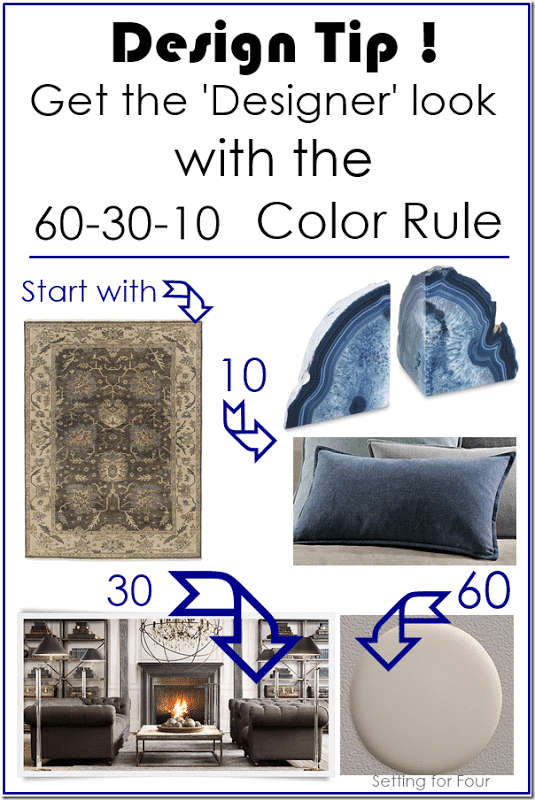
The essential 60 30 10 decorating rule for proportion
The 60-30-10 rule works like this: 60%: The main color should represent 60% of the colors in a room. 30%: The secondary color should represent 30% of the colors in a room. 10%: The accent color should represent 10% of the colors in a room. Read on to learn how to use the 60-30-10 rule to choose colors that work for each of the spaces in your home.

Using The 603010 Rule to Color Your Space Effectively KHHD
The 60-30-10 rule states that in any given space, 60% of the color should come from the walls and large furniture pieces, 30% should come from the smaller furniture pieces and accessories, and 10% should come from accent pieces like artwork and throw pillows. This rule is a great starting point for creating a balanced color scheme in your home.
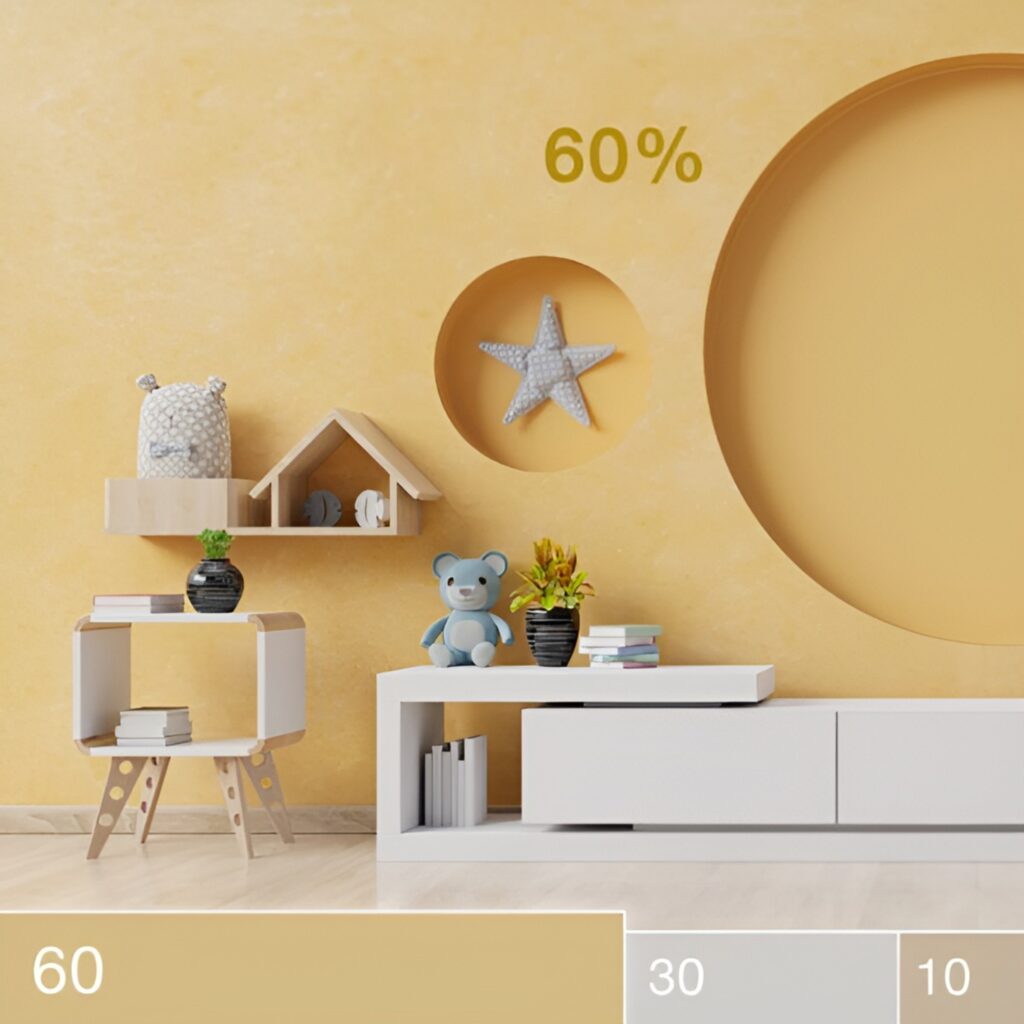
How to Decorate a Room With the 60 30 10 Rule and Make It Stunning Paints Xperts
As you approach a more confident level of color, feel free to throw all the rules out the window and have some fun! The 60-30-10 Rule is meant to create harmony within the space by assigning percentages to the colors that you use. This rule can apply to any color palette or even monochromatic rooms. There is no technical measurement or method.

Interior Design Color Theory Everything You Need to Know About the 603010 Rule First
The 60-30-10 rule is simply a guideline to help you create the perfect color combinations. David Harris, Design Director at Andrew Martin, shares his top tips on applying the design rule. 'The first element of considering the 60-30-10 rule and any design scheme is to approach the walls - there is more wall than anything else in any scheme, so adding interest here is key.

603010 Rule in Interior Design & Decor Usage & Elements Natty Decor
The 60-30-10 rule is a design principle that suggests allocating 60% of a room's color to a dominant hue, 30% to a secondary color, and 10% to an accent color.. An example of the 60-30-10 rule in interior design is a living room with 60% of the space featuring a soft beige as the primary color, 30% incorporating a deep navy blue as the.
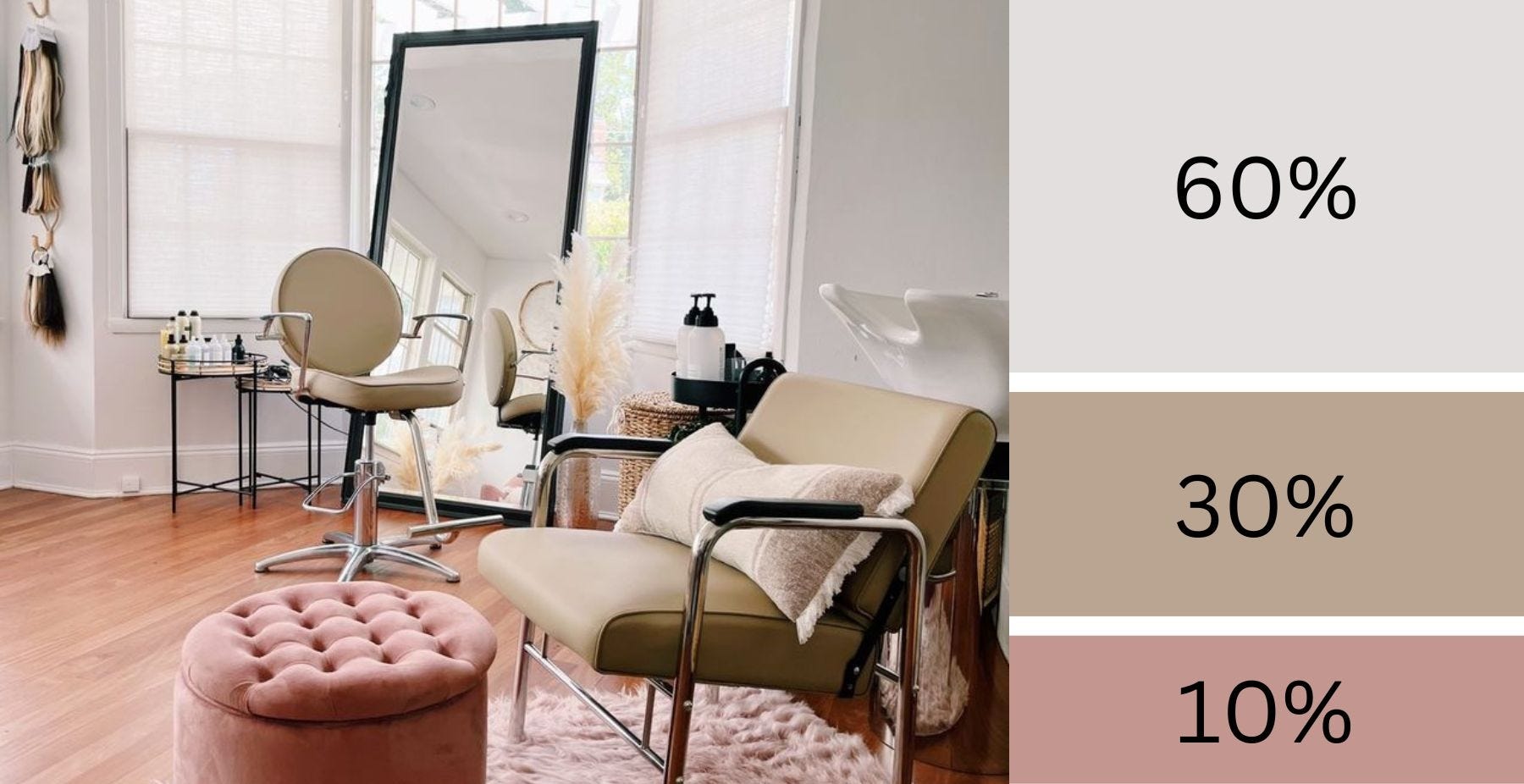
603010 Color Guide For Salon Interior Design Minerva Beauty
What is the 60-30-10 Decorating Rule? The 60-30-10 rule is a classic principle used by interior designers and decorators worldwide. It's a simple yet effective guideline to help create a balanced and cohesive color scheme in any space. The rule suggests that 60% of a room should be in a dominant color, 30% in a secondary color or texture, and.
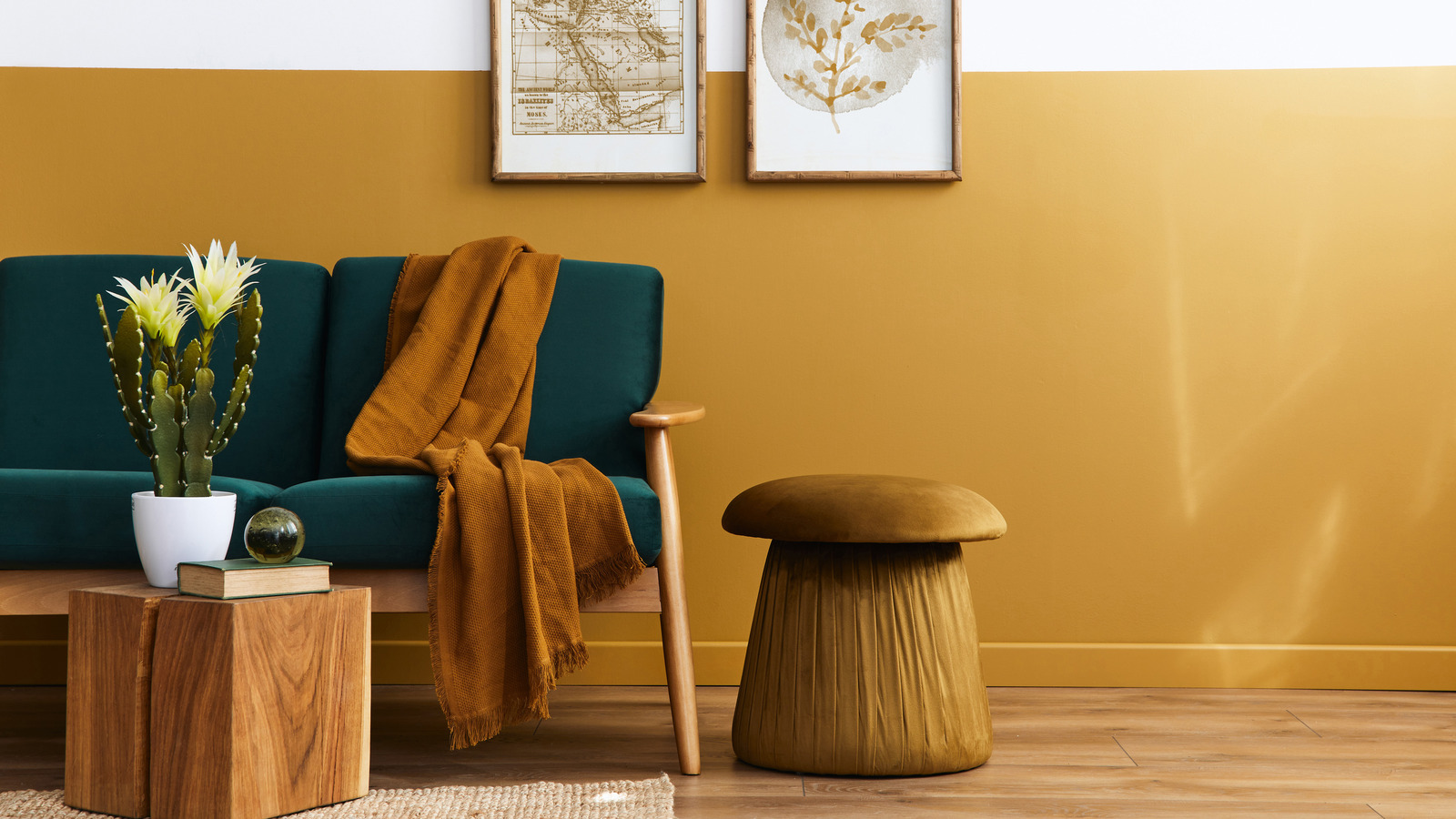
How To Use The Timeless 603010 Color Rule When Decorating Your Home
The 60 30 10 color rule is a timeless rule of interior design that helps you choose a harmonious color scheme for your space. The 60-30-10 rule suggests allocating 60% of the room's color to a dominant color (The Primary Color), 30% to a secondary color, and 10% to an accent color. This ratio ensures your colors work well together and avoid.
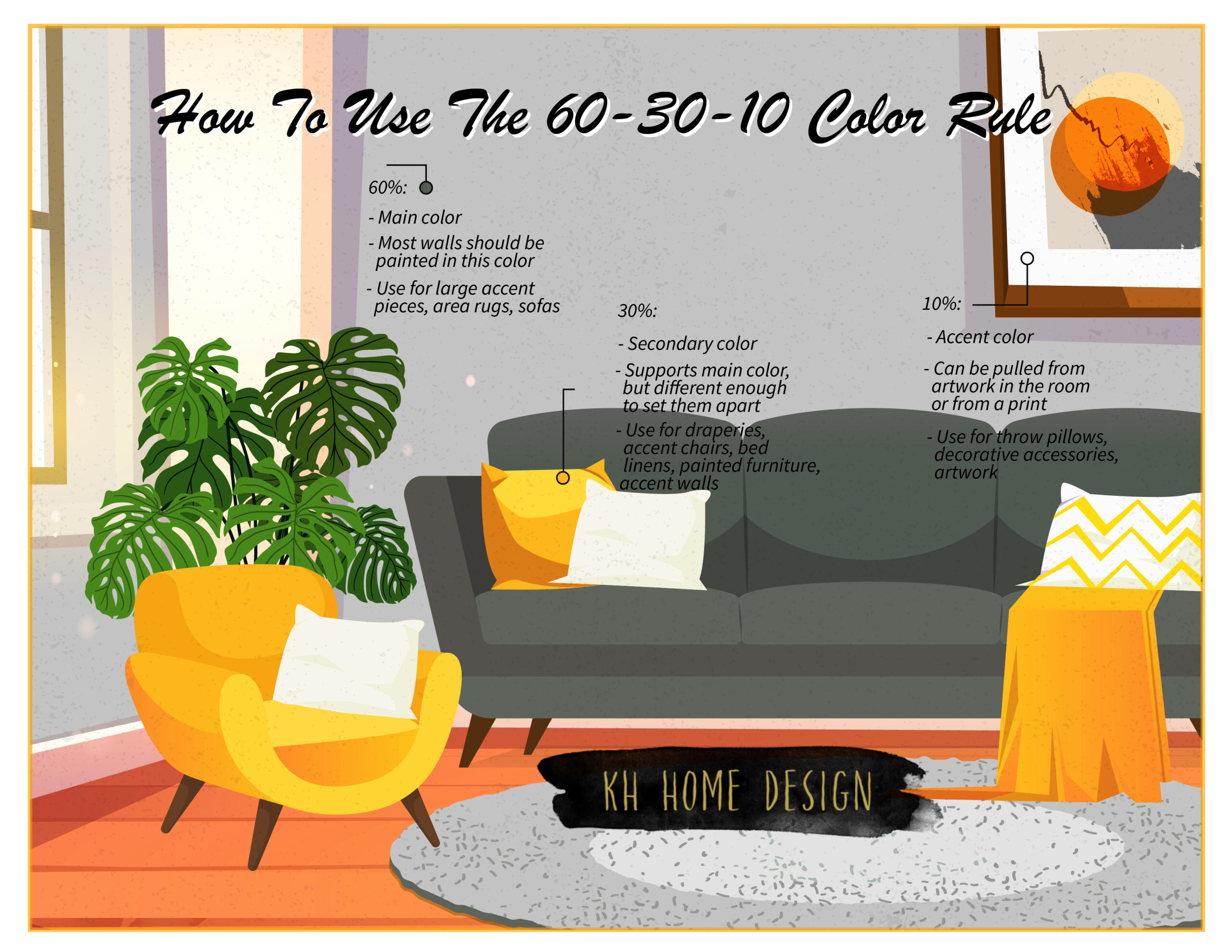
Using The 603010 Rule to Color Your Space Effectively KHHD
The 60-30-10 rule is a guideline used in interior design to create a well-balanced color scheme. The rule suggests using 60% of a dominant color, 30% of a secondary color, and 10% of an accent color.

Getting to Know the 603010 Color Rule UI Garage
As an interior designer, I often get asked about which rooms are best suited for the 60-30-10 decorating rule.While this rule can be applied to any room, some rooms lend themselves more naturally to this principle than others. For instance, living rooms and bedrooms, where you'll typically find the most furniture and accents, are perfect spaces to use the 60-30-10 rule.
/DebbiePerezbyGabrielBurgos-f79514864f8f415aa117df5d04c34a8e.jpg)
Rooms That Prove the 603010 Color Rule Is Worth Following
The 30% in the 60-30-10 design rule typically refers to the secondary color or element in a space. This is the color or element that supports the dominant color or element and adds depth and visual interest to the space. For example, in a living room, the 30% might be the curtains, the accent chairs, or the throw pillows.
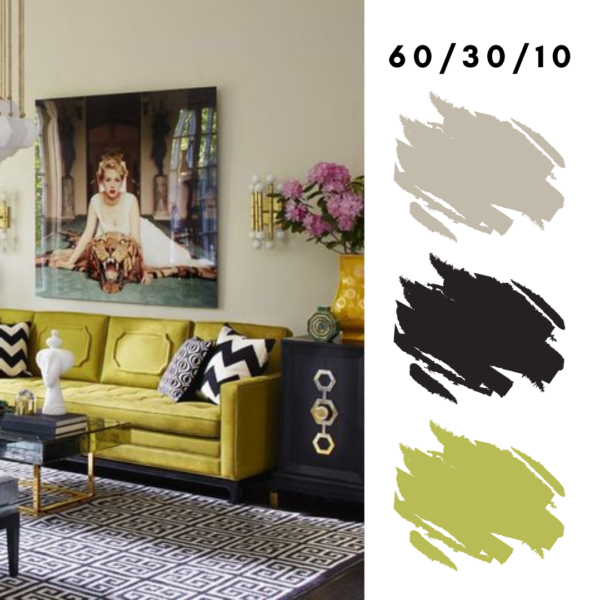
The essential 60 30 10 decorating rule for proportion
The 60-30-10 rule is a design principle that suggests allocating 60% of a room's color to a dominant hue, 30% to a secondary color, and 10% to an accent color. This rule serves as a foundation for achieving balance and visual interest by proportionally dividing color usage. By understanding how to apply this rule effectively, you can create a.

603010 The one simple rule for your perfect home colour palette Fridayhome Gulf News
The 60-30-10 rule is a simple and timeless interior design technique that helps create a balanced and harmonious color scheme in a room. The rule divides the color palette into three parts: 60% dominant color, 30% secondary color or texture, and 10% accent color. Start by choosing a dominant color that sets the tone for the room, followed by a.
- Cual Es El Fusible Del Tablero Honda Ek 1999
- Clave Activación Movavi Video Editor Plus 2022
- Alliteration In The Book Holes
- La Bota Walker Se Quita Para Dormir
- Formato De Puntuación Torneo De 6 Naciones
- Curso De Limpieza Facial Online
- Aguilas Club De Futbol Temporada 2018
- Homilia Bodas De Plata Matrimoniales
- Definicion De Accion Social En Trabajo Social
- The Blue Bay Grand Esmeralda Reviews